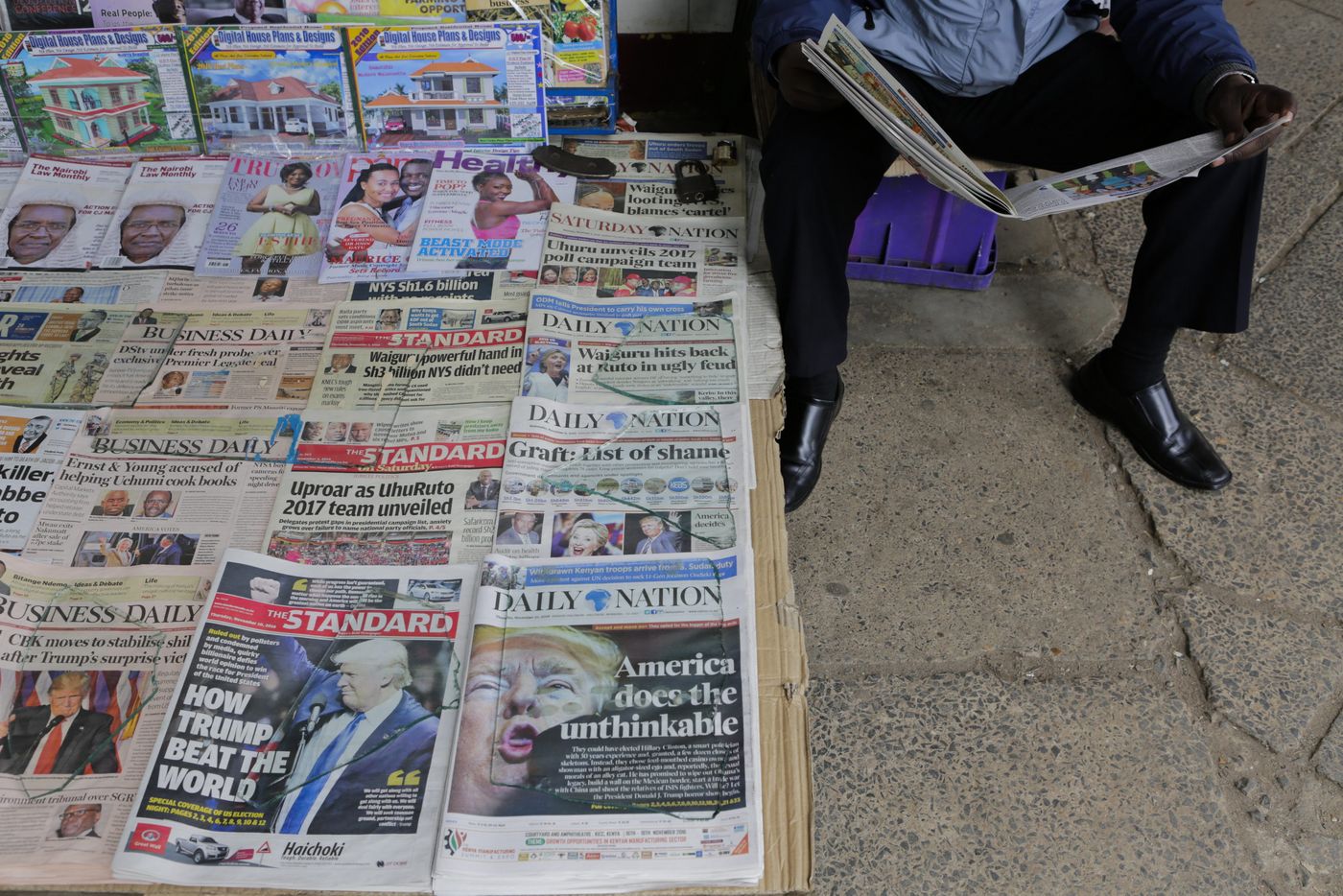Communicating Strategically about What? Europe and China in the Kenyan Media
Megatrends Policy Brief 27, 04.09.2024, 11 Pagesdoi:10.18449/2024MTA-PB27
European actors are increasingly relying on strategic communication tools in their external relations, especially in key partner countries like Kenya. Based on a large-scale media screening and interviews with media experts, this paper examines which issues related to the EU/Europe and China have received the most media coverage in Kenya over the past decade (2013–2023). The paper finds, among other things, that European actors involved in communication efforts increasingly need to communicate about the EU’s role in global affairs and the impact of European decisions, products, and standards on African markets, without resorting to a “West versus China” framing.

A Kenyan newspaper vendor reads a newspaper featuring front page article about US President-elect Donald Trump as he waits for customers at a street in Nairobi, Kenya, 10 November 2016.
© picture alliance / dpa | Daniel Irungu
This policy brief is based on the following dataset [doi] 10.7802/2768